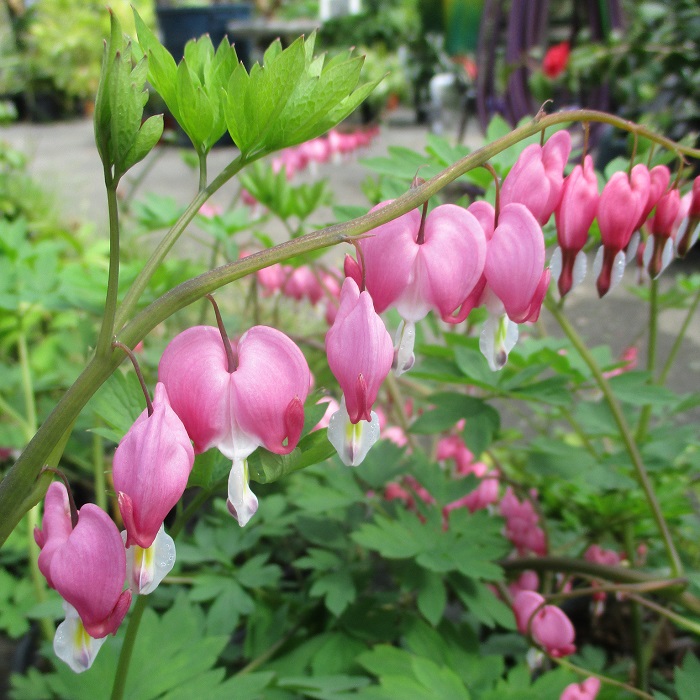UNITED STATES—A five pound kumquat is a problem! It means something went seriously wrong. Anyone who grew one would concur. They are huge, lumpy, and very insipid, with ridiculously thick pale yellow rind around a small handful of uselessly fibrous pulp. They are protected by dangerously sharp and rigid thorns that can get longer than three inches. Even their irregularly wavy foliage is unappealing.
In reality though, there is no such thing as a five pound kumquat. These huge but useless fruits, as well as the associated thorns and foliage, are those of ‘shaddock,’ which is the most common ‘understock’ for almost all grafted dwarf citrus trees. It is what keeps such trees compact, so that they do not get as big as orchard trees. It was there all along, whether we were aware of it or not.
Most citrus trees are composed of two genetically different parts. The understock are the lower parts that develop roots that are unseen underground. The desirable upper parts that produce the familiar citrus fruits grow from ‘scions’ that are grafted onto the understock. Graft unions are just above grade, where the texture of the bark above is slightly different from that of the bark below.
‘Suckers’ are stems that grow from the understock below the graft unions. Because they are genetically identical to the understock rather than the scions, they produce the same fruit and exhibit the same physical characteristics as the understock would if it were growing wild. Suckers can overwhelm desirable scion growth, which is how kumquat trees can produce huge five pound fruits.
Other grafted trees and shrubs, particularly fruit trees, get suckers too. New suckers appear as new spring growth develops. They should be peeled off of the main trunks rather than pruned off. As brutal as this seems, it is more efficient than pruning. Soft young shoots should snap off quite readily. This technique removes more of the callus growth at the bases of the suckers, which could develop more suckers later. Big older suckers should be pruned off as closely and neatly as possible.
Highlight: bleeding heart
There is something about the delicately intricate bloom and foliage of bleeding heart, Lamprocapnos spectabilis (formerly Dicentra spectabilis) that suits informal woodland gardens splendidly. Not only to they look like natural companions to small coniferous evergreens, but they are also quite tolerant of the acidic foliar debris, and to some extent, the shade that most conifers generate.
The small and distinctively heart shaped flowers hang vertically from arching limber stems in May or June. They can get as high as three feet if crowded, although they prefer to stay about two feet tall. The most popular varieties bloom with red or pink ‘hearts’ with white tails. ‘Alba’ blooms with white hearts. The palmately compound and lobed leaves are like soft light green anemone leaves.
Bleeding heart not only tolerates significant shade, but it prefers at least partial shade as the weather warms in spring. As the weather gets too warm and arid through late spring and summer, it is likely to defoliate and go dormant until the end of the following winter. Bleeding heart wants rich soil and regular watering too. The tender foliage is intolerant of traffic, so is best in the background.
Horticulturist Tony Tomeo can be contacted at tonytomeo.com.






